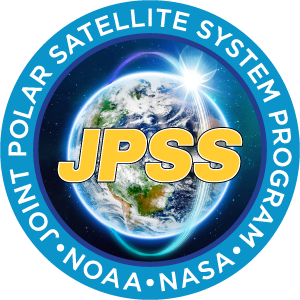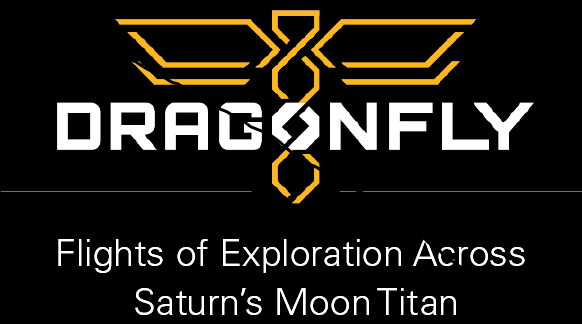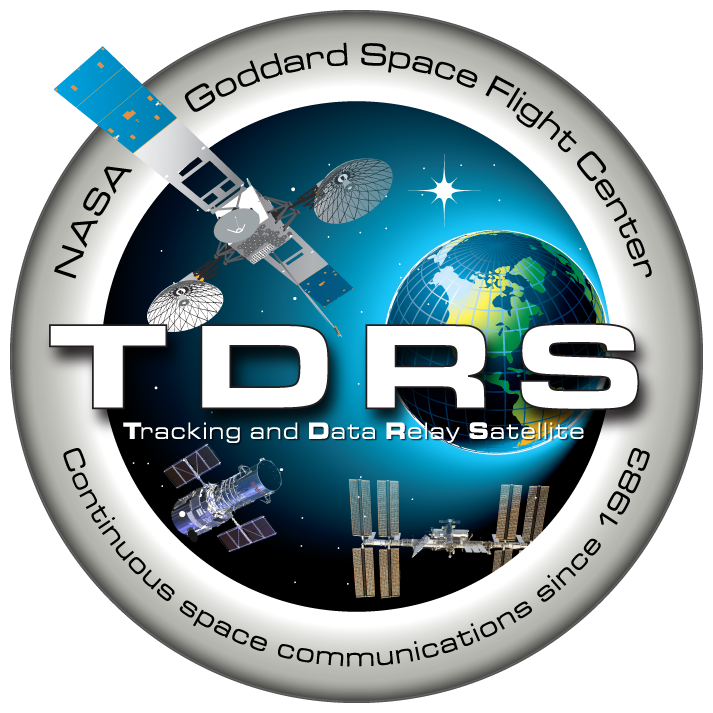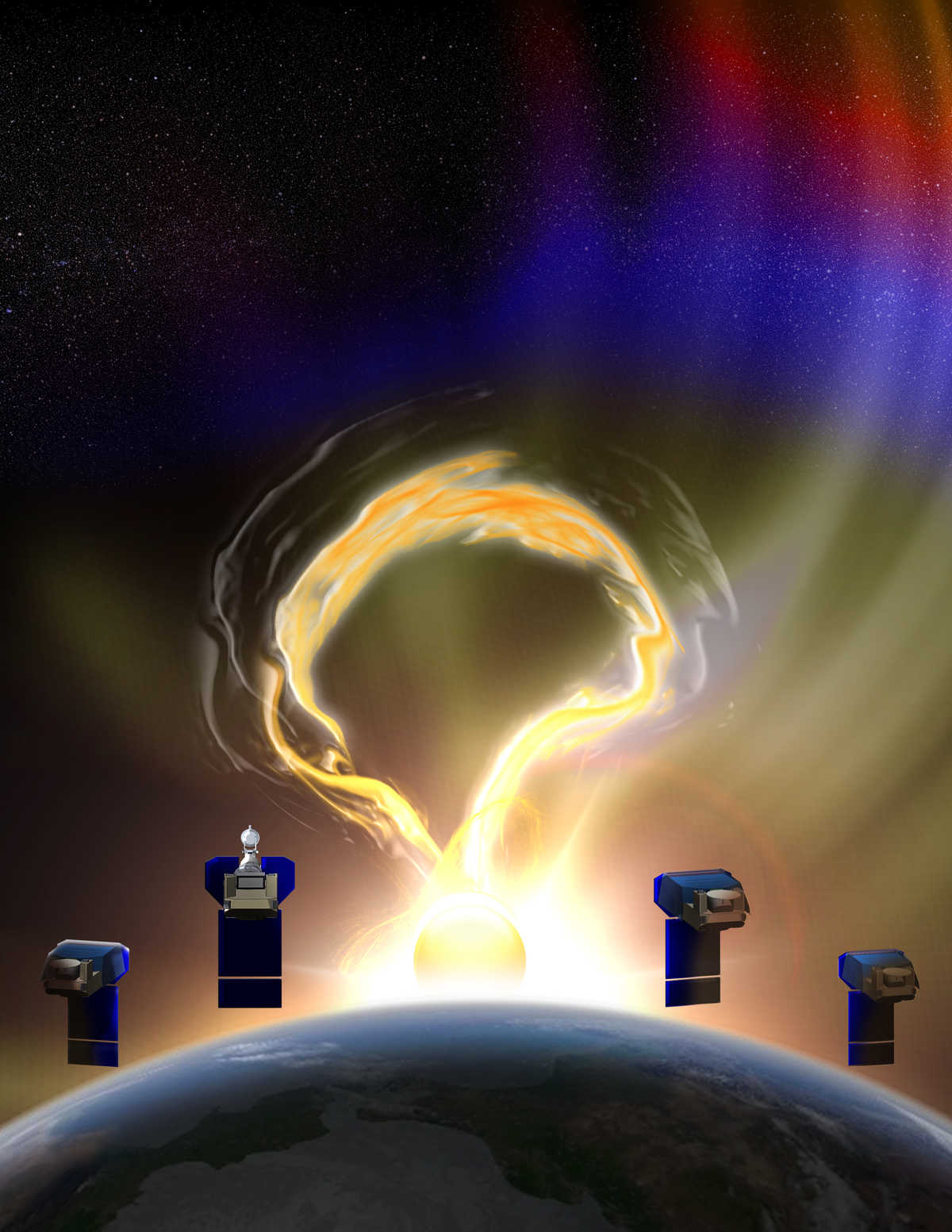PROJECTS
CURRENT PROJECTS
NASA/GSFC Thermal Engineering Design, Analysis and Test Support for On-orbit Servicing, Assembly, and Manufacturing 1 (OSAM-1)

NASA/GSFC Joint Polar Satellite System (JPSS-2/3/4) Thermal Engineering Design, Analysis and Test Support

APL Thermal Engineering Design, Analysis and Test Support (DART)

Dragonfly is a rotorcraft lander mission – part of NASA's New Frontiers Program – designed to take advantage of Titan's environment to sample materials and determine surface composition in different geologic settings. This revolutionary mission concept includes the capability to explore diverse locations to characterize the habitability of Titan's environment, to investigate how far prebiotic chemistry has progressed, and even to search for chemical signatures that could indicate water-based and/or hydrocarbon-based life.
Vertex Aerospace is providing thermal engineering support to APL that includes thermal modeling and analysis as well as developmental test support.

Thermal engineering support to NASA/GSFC Code 452 Sustaining Engineering for the entire TDRS fleet of ten on-orbit satellites. Vertex Aerospace was also contracted by NASA/GSFC to provide thermal engineering oversight during the development of TDRS-10 through TDRS-13.

Providing Mechanical and Thermal Engineering support for the Nancy Grace Roman Space Telescope (NGRST) project.
NASA selects PUNCH and TRACERS mission

PUNCH – the Polarimeter to Unify the Corona and Heliosphere mission will employ for micro-satellite-sized spacecraft to measure the outer part of the Solar corona which emits the solar wind.
The four 40kg PUNCH spacecraft will be built by the Southwest Research Institute of San Andonio. Three of the spacecraft will image the motion of the solar wind by imaging reflected polarised light from electrons in the wind. A fourth spacecraft will directly image the outer corona using a special narrow field camera built by the US Naval Research Laboratory.
The launch of the mission will take place in August 2022.
On the same launch will be:
TRACERS – Tandem Reconnection and Cusp Electrodynamics Reconnaissance Satellites (TRACERS). In June 2019, NASA gave a final go-ahead for the TRACERS mission, which will employ two identically instrumented satellites in the same low-Earth, sun-synchronous orbit with the spacecraft separated by 10-120 s along the orbital track satellites to observe the Earth’s Northern magnetic cusp — a region encircling Earth’s North pole where the planet’s magnetic field lines curve down toward Earth, particularly during violent geomagnetic storms triggered by outbursts from the sun. Led by Craig Kletzing of the University of Iowa in Iowa City, the TRACERS spacecraft will measure electrical fields with instruments built by UC Berkeley Space Sciences Laboratory (SSL) specialists. The SSL team will be led by John Bonnell, an SSL assistant research physicist.
The overarching mission goal of the TRACERS mission is: Connecting the magnetospheric cusp to the magnetopause - discovering how spatial or temporal variations in magnetic reconnection drive cusp dynamics. To address this goal, the TRACERS mission has three major scientific objectives: Determine whether magnetopause reconnection is primarily spatially or temporally variable for a range of solar wind conditions. For temporally varying reconnection, determine how the reconnection rate evolves. Determine to what extent dynamic structures in the cusp are associated with temporal versus spatial reconnection.
To accomplish this scientific research, TRACERS makes field and particle observations in the cusp. Statistical analysis of the orbit shows that TRACERS will have more than 6500 cups encounters in a two-year mission lifetime. Well-proven instruments and good understanding of orbital characteristics allows for simple mission operations coupled with proven data analysis techniques backed by high-fidelity simulations. The instrumentation consists of ion and electron spectrometers, DC electric and magnetic field and AC wave measurements. We discuss the mission concept and relevance to space weather as well as presenting details of the spacecraft and operational plan.

